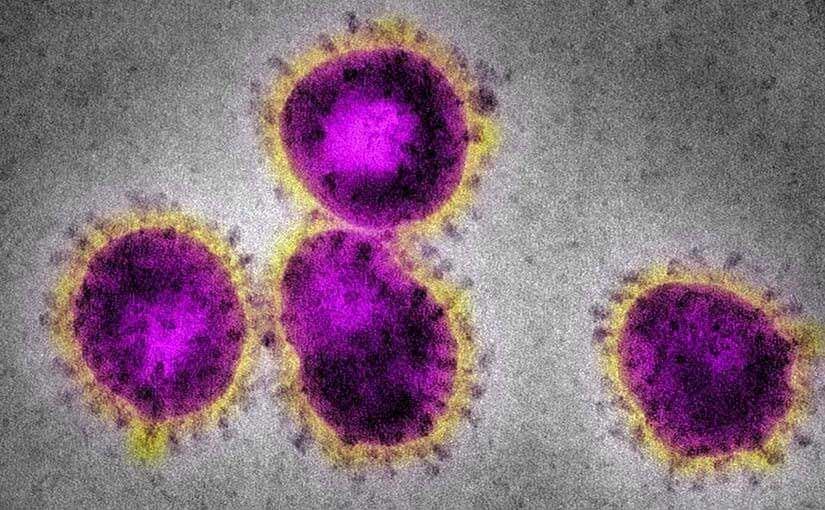Researchers in specialist pathology laboratories in Australia are leading the way in responding to the outbreak of COVID-19 with teams in Sydney, Melbourne and Brisbane making breakthroughs that aid the efforts to contain, detect and ultimately treat and prevent the disease.
Although the genetic sequence of the virus was made available by Chinese health authorities to researchers across the world, Australia has been the first country outside China to isolate the virus in a laboratory.
The viral genetic code was the first important step in developing tests to detect the virus and diagnose sick patients, but the Australian researchers’ progress is important for further study of this novel virus.
The virus is known to be similar to Severe Acute Respiratory Syndrome (SARS) that caused an outbreak in 2003 and was spread to humans from animals.
Being able to study how the virus behaves helps scientists to understand how it spreads and therefore what measures to prevent transmission will be most effective.
Scientists need to have a complete copy of the virus cultivated in the lab using samples collected from infected patients to study it in detail, and this is what the team from New South Wales Health Pathology’s Institute of Clinical Pathology and Medical Research (NSWHP-ICPMR) have achieved.
Professor Dominic Dwyer is NSW Health Pathology’s Director of Public Health Pathology, he said; “Development of a new test needs an accurate viral genetic sequence first and once that’s done, then nucleic acid tests (NAT) can be developed and applied.
The ongoing availability of viral genetic sequences through the open access Global Initiative on Sharing All Influenza Data (GISAID) platform allows the NAT to be properly validated for reliability. This is important for accurate patient diagnosis and public health intervention.
The contribution of our pathology laboratory to preventing further spread is to provide accurate NAT. At the moment these are done in the hospital laboratory, as there are currently no rapid point of care tests available for SARS-CoV-2. These are being developed, so when available they may assist in population screening.”
SARS-CoV-2 is the name given by scientists to the virus, with the illness it causes being referred to as COVID-19.
The specialist team of 10 scientists and pathologists uses the State biosecurity P4 laboratory in Sydney’s Westmead Hospital.
Their work is being shared with the World Health Organisation and the international scientific community. Isolating the virus helps offer the highest degree of diagnostic accuracy, providing the ideal material on which potential new tests, treatments and vaccines can be tested.
Australian innovation to address global need
Researchers at the University of Queensland (UQ) are also using technological innovation and a highly skilled team to battle COVID-19, but in the area of vaccine development.
Their research is one of only three programs worldwide, initiated by the Coalition for Epidemic Preparedness Innovations (CEPI), an alliance which was set up after the Ebola outbreak. The UQ team began work a year ago on their ‘molecular clamp’ technology, in preparation for the next global health threat.
The team have received the virus DNA sequence and accelerated their efforts, working around the clock with their technology to create possible vaccine candidates. They have recently completed the first step in this process and will move into the next phase of testing a potential vaccine.
Australians can be proud that these homegrown researchers could potentially have significant influence on the global stage, in responding to the latest outbreak and future pandemics.
Further information
For the latest advice, information and resources on COVID-19, visit the Department of Health’s webpage on coronavirus with daily updates. You can also follow updates via Facebook and Twitter.
The National Coronavirus Health Information Line is 1800 020 080. It operates 24 hours a day, seven days a week. If you require translating or interpreting services, call 131 450.
The website and phone number of your state or territory public health agency is available at www.health.gov.au/state-territory-contacts
If you have concerns about your health, speak to your doctor.

